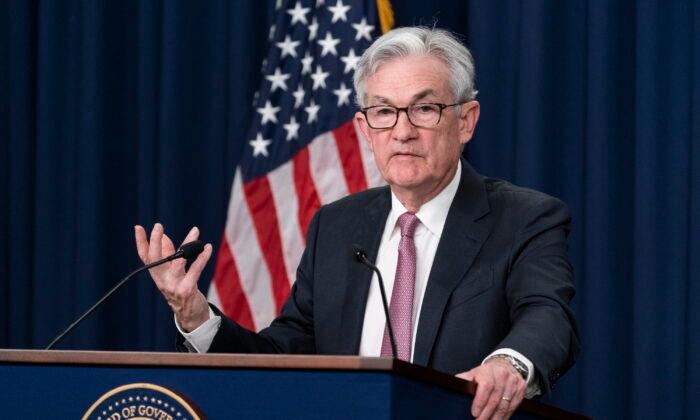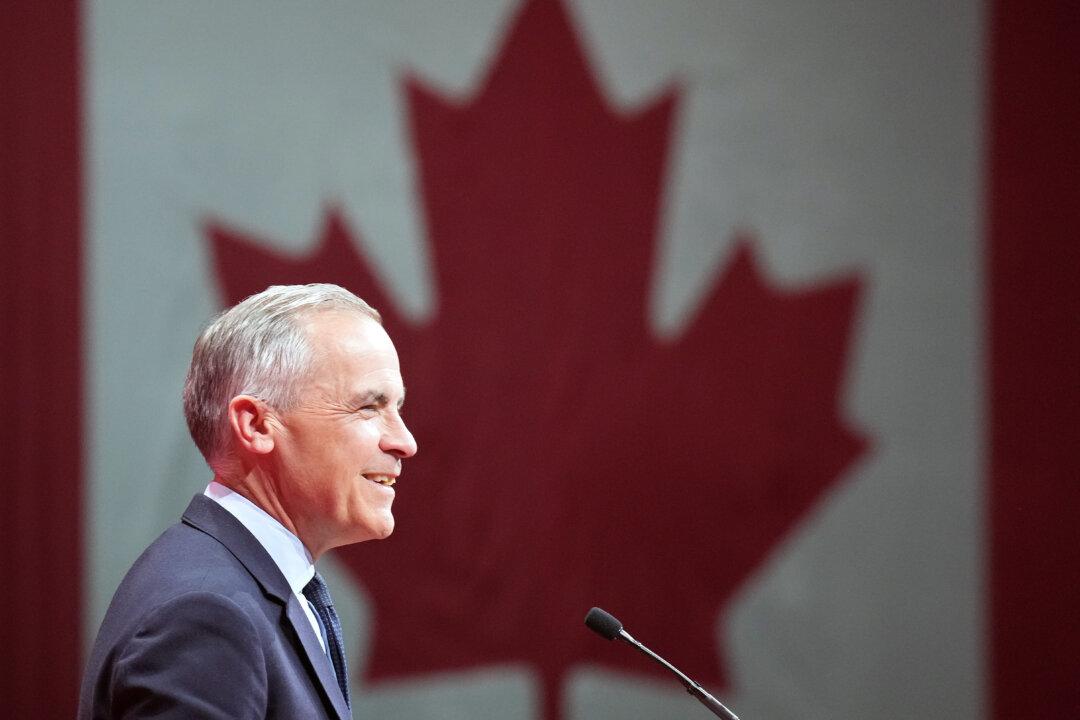Analysts at Deutsche Bank said in a recent note that the Federal Reserve’s fight to crush inflation could send the unemployment rate as high as 6 percent by the end of 2023, equivalent to around 4 million Americans losing their jobs.
After initially downplaying rising inflation as a “transitory,” an embarrassed Fed has moved aggressively to tighten monetary settings and stamp out surging price pressures.
“We also are reducing the size of our balance sheet at a relatively rapid clip,” he added, referring to a reversal of the quantitative-easing program that saw the Fed’s balance sheet significantly expand.
But a recent analytical note from Deutsche Bank says the Fed is low-balling its estimate on how many Americans will have to lose their jobs as the central bank corrects its course.
Fed Wants ‘Softer’ Labor Market
Fed officials have spoken of the need for a tightening labor market in order to ease inflation pressures, and they have acknowledged that pushing rates higher could mean higher rates of joblessness.While Powell added that Fed policymakers “certainly haven’t given up the idea that we can have a relatively modest increase in unemployment,” he said they’re determined to crush inflation and bring it back down to around the Fed’s target of 2 percent.
“We need to complete this task,” he said, adding that it won’t be “painless.”
How High Will They Go?
Analysts at BNP Paribas, who expect that the U.S. economy will go into a recession in the second quarter of 2023, think the Fed will push interest rates beyond market expectations, to a peak of 5.25 percent.“We expect a more aggressive Fed response to stickier, more pervasive inflation to push the economy into recession,” BNP said.
El-Erian sees the Fed as walking on a tightrope, with doing too much or too little both carrying risks.
“Having to play catch-up, the world’s most powerful central bank risks pushing the U.S. economy into recession, throwing millions of people out of work, worsening income inequality, undermining its independence, and causing economic fires around the globe,” he wrote.
“Yet, also as worrisome is the possibility that an early ‘pivot’ in Fed policy would risk leaving the United States languishing in a stagflationary swamp,” he added, referring to stagflation, which is a combination of sluggish growth and high inflation.
Economist Peter Navarro, who served as an advisor under the Trump administration, believes the United States is already suffering from stagflation due to the “fickleness” of President Joe Biden, Congress, and the Federal Reserve.
The key to pulling the nation out of its stagflationary slide, he said, is to restore the policies championed by former President Donald Trump.





